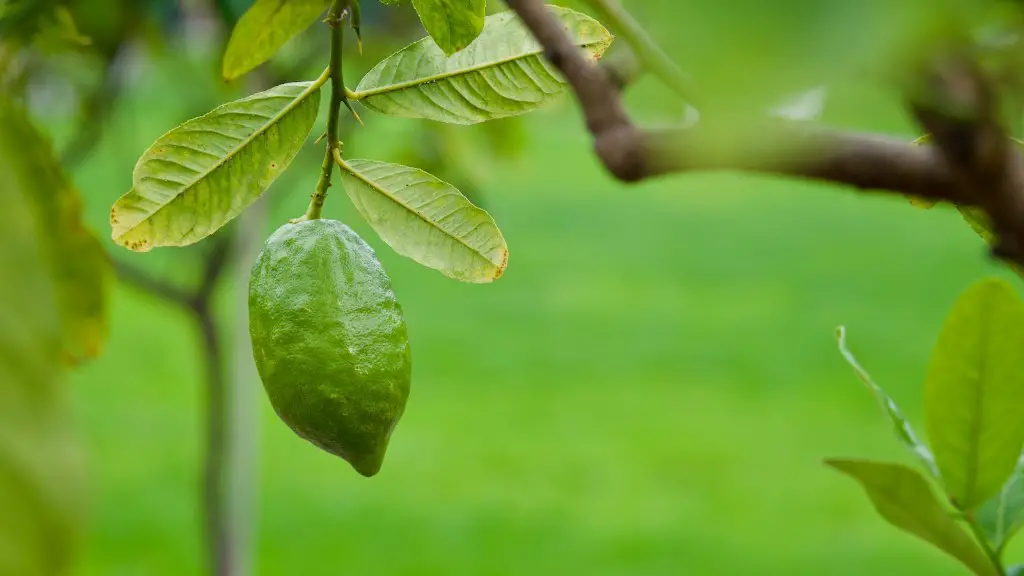Fruit-bearing citrus trees are particularly common among gardeners looking to enjoy the scent of citrus flowers and the taste of lemons and other citrus fruits. Knowing how to make a lemon tree produce fruit often requires a few simple steps. Firstly, citrus trees require a warm and sunny location in order to develop buds and eventually fruits. The tree should either grow in soil that is well-drained and rich in composted organic matter, or in a container that allows for proper drainage. Secondly, the tree must have adequate water – citrus needs regular irrigation, especially during summer months and during periods of drought. Thirdly, it is important to regularly fertilize citrus trees with a well-balanced citrus fertilizer to ensure sufficient nutrient availability. Fourthly, pruning is important for good fruit production and for directing overall growth. Prune the trees every spring after last frost, but be aware that some varieties of citrus may produce more fruit with moderate pruning only. Fifthly, pollination is important for a successful harvest of citrus fruits; choose lemon varieties that are self-fertile or hand-pollinate the flowers before they open. Sixthly, practice crop rotation to avoid infestations by easy-to-catch citrus pests and fungal diseases. Finally, be patient and harvest fruit in its appropriate season – some varieties of lemon can take up to three or four years before they are ready to yield an edible crop.
Location
The most important requirement for making a lemon tree produce fruit is to make sure it is growing in a warm and sunny area, as adequate sunlight is essential for the tree’s fruit production. If the tree will be planted in soil, it is important to ensure that the soil is well-drained and rich in organic matter like composted leaves. Citrus trees can also be grown in containers, provided that the containers are large enough and allow for proper drainage.
Water
Adequate water is essential for successful fruit production in citrus trees; ensure that the trees are provided with regular irrigation, especially during summer months and during periods of drought. Additionally, a good practice is to monitor the soil moisture to determine when to water.
Fertilizer
It is also important to regularly fertilize citrus trees with a well-balanced citrus fertilizer to ensure sufficient nutrient availability. The fertilizer should be applied three or four times throughout the growing season, or according to manufacturer’s instructions.
Pruning and Pollination
Another key step in encouraging fruit production in lemon trees is keeping the trees pruned consistently every spring after the last frost. Excessive pruning should be avoided with some varieties, as it can stunt the growth of fruit-bearing buds. It is also essential to ensure good pollination by choosing self-fertile varieties of lemon or hand-pollinating the flowers before they open.
Crop Rotation
Crop rotation is another important factor in making a lemon tree produce fruit successfully. By rotating crops, the soil is provided with an abundance of new nutrients, and the risk of infestations by citrus pests and fungal diseases is decreased. If possible, avoid planting citrus in the same spot for more than three years.
Patience
Finally, the last step in making a lemon tree produce fruit in abundance is to be patient – some varieties of lemon may take up to three or four years before they are ready to yield an edible crop. With consistent care, attention and time, lemon trees can provide many years of enjoyable fruit production.

